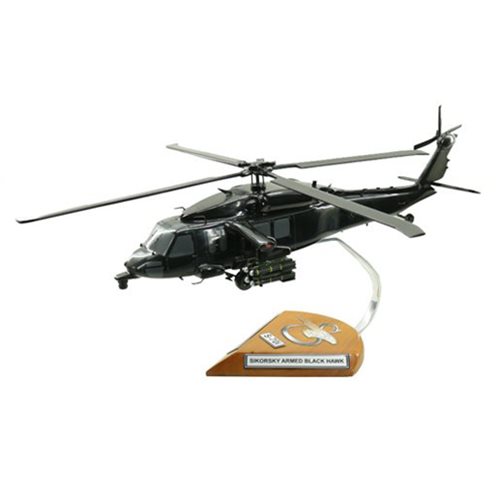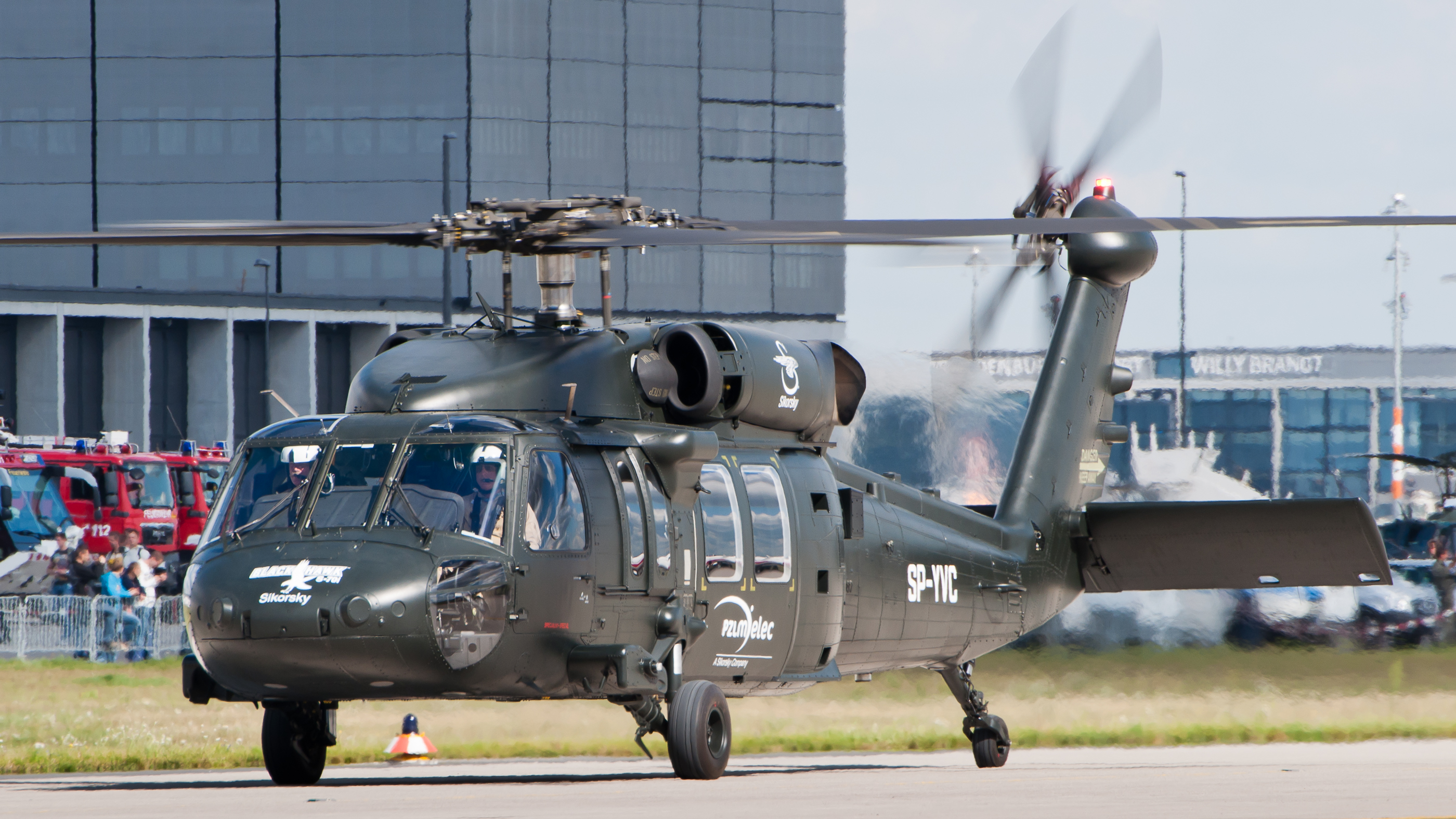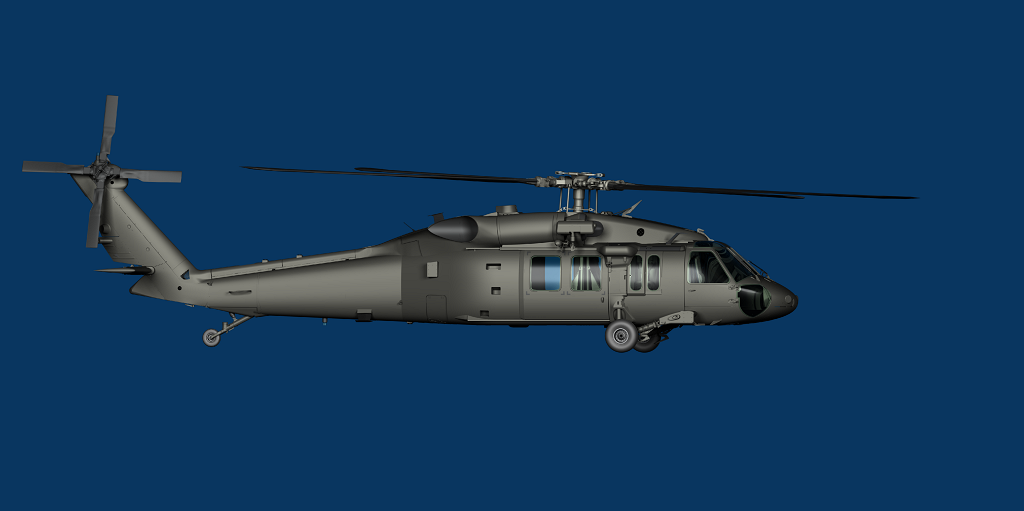Next-Generation Utility Helicopter Geared Up With High-Tech Solutions and Innovative Style Features
In the world of aeronautics, the evolution of utility helicopters has been noted by a constant drive towards development and technological advancement. The most up to date version of utility helicopters stands for a jump forward in aerial design, boasting a selection of sophisticated systems and innovative design attributes that redefine the capacities of these flexible airplane. From sophisticated avionics integration to state-of-the-art capability, this next-generation utility helicopter establishes a new standard in efficiency, safety, and operational performance. As we explore the details of its ingenious design components and improved efficiency abilities, a glimpse right into the future of helicopter innovation unfolds, assuring a change in utility air travel.
Advanced Avionics Integration
Including innovative avionics systems enhances the functional capabilities and safety functions of the next-generation energy helicopter. These sophisticated avionics technologies play an important duty in improving situational awareness, navigation precision, and overall objective efficiency. By incorporating modern systems such as electronic glass cabins, fly-by-wire controls, and progressed interaction collections, the helicopter gains enhanced agility, responsiveness, and efficiency in various operational scenarios.
The digital glass cockpit supplies pilots with a thorough display screen of trip information, navigating details, and sensor inputs, permitting less complicated information handling and decision-making throughout objectives. Fly-by-wire controls offer adaptive and accurate handling attributes, boosting maneuverability and responsiveness while minimizing pilot work. Additionally, the advanced communication suites allow seamless assimilation with ground control, various other airplane, and command facilities, making sure reliable coordination and real-time data exchange.

Cutting-edge Design Components
The consolidation of innovative layout components in the next-generation utility helicopter sets brand-new requirements for efficiency and efficiency in aerial operations. Among the standout style features is the helicopter's structured fuselage, which not just improves aerodynamics but additionally enables boosted speed and ability to move. Making use of light-weight composite materials in the building and construction even more adds to fuel performance and payload capacities.

In addition, the helicopter's cutting-edge blades system, including innovative blade layouts and products, improves lift abilities while minimizing noise levels. This design element not just enhances total performance however likewise reduces the ecological influence of the aircraft (sikorsky s 70). Overall, the ingenious layout elements incorporated into the next-generation energy helicopter stand for a substantial leap forward in aerial modern technology, establishing brand-new standards for operational performance and objective efficiency
High-Tech Safety And Security Equipments
With an emphasis on improving functional security, the next-generation energy helicopter is geared up with cutting-edge state-of-the-art safety systems. This system utilizes advanced sensors and software application to recognize potential barriers in the helicopter's flight path, providing real-time informs to the pilot and enabling quick incredibly elusive activity.
Additionally, the next-generation energy helicopter is geared up with a comprehensive health and wellness and usage surveillance system (HUMS) HUMS constantly checks different components of the helicopter, spotting any kind of anomalies or prospective concerns before they rise right into safety threats. This positive strategy to maintenance improves the total safety and dependability of the airplane, decreasing the threat of in-flight emergencies.
Additionally, the helicopter is furnished with an innovative auto-pilot system that not just helps the pilot in preserving steady trip problems however also consists of features such as auto-hover and go to these guys auto-land capabilities, further enhancing safety throughout crucial phases of flight. These modern safety systems collectively add to making the next-generation utility helicopter a protected and reputable platform for various goals.
Boosted Efficiency Capacities
To build on the foundation of advanced safety features, the next-generation energy helicopter showcases an impressive selection of boosted efficiency abilities developed to elevate its functional performance and efficiency. One crucial aspect adding to its boosted efficiency is the unification of innovative propulsion systems, such as even more effective engines or innovative rotor layouts. These renovations cause raised rate, dexterity, and overall maneuverability, allowing the helicopter to respond swiftly to altering operational needs.
Furthermore, the next-generation energy helicopter is outfitted with cutting edge avionics systems that enhance situational awareness for the pilots. These systems include progressed navigation devices, communication systems, and integrated sensors that give real-time information to help decision-making processes. By leveraging sophisticated innovation, the helicopter can operate extra properly in varied environments and climate conditions, making certain goal success.
Additionally, the boosted performance capacities encompass the helicopter's haul capability and functional range. Via ingenious layout attributes and materials, the helicopter can lug heavier lots over longer distances, dealing with a vast array of goal demands. This enhanced efficiency not only boosts logistics yet likewise increases the helicopter's adaptability in various functional scenarios.
State-of-the-Art Performance
Integrating advanced innovation and progressed design, the next-generation utility helicopter exhibits modern capability. This helicopter is equipped with a series of innovative features that boost its operational capacities and effectiveness. One vital element of its functionality is the innovative avionics systems that offer pilots with real-time data and improved situational understanding, making it possible for specific navigating and goal implementation also in Get More Info tough environments.

Additionally, the helicopter's advanced interaction systems make certain smooth connection with ground control and various other airplane, promoting coordinated operations and speedy feedback to vibrant scenarios. The assimilation of innovative sensing units and security tools even more enhances the helicopter's functionality by allowing thorough monitoring and intelligence-gathering capabilities.
Additionally, the helicopter's flexible trip control systems and automated functions enhance operations, decrease pilot workload, and guarantee optimal performance throughout different objectives. sikorsky s 70. The consolidation of innovative materials and aerodynamic design aspects also contribute to the helicopter's efficiency, dexterity, and total capability, making it a functional and dependable possession for a wide variety of utility goals
Verdict

The most current model of utility helicopters represents a leap ahead in aerial engineering, boasting a range of modern systems and innovative style functions that redefine the capacities of these look at these guys functional airplane.Including sophisticated avionics systems boosts the operational capabilities and safety functions of the next-generation utility helicopter.With an emphasis on boosting functional security, the next-generation utility helicopter is outfitted with sophisticated state-of-the-art security systems.Furthermore, the next-generation energy helicopter is furnished with cutting edge avionics systems that enhance situational awareness for the pilots.In verdict, the next-generation utility helicopter showcases sophisticated avionics integration, cutting-edge style elements, state-of-the-art safety systems, boosted performance capacities, and advanced functionality.
Comments on “A Take a look at the Sikorsky S 70's Role in Military and Civil Aviation”